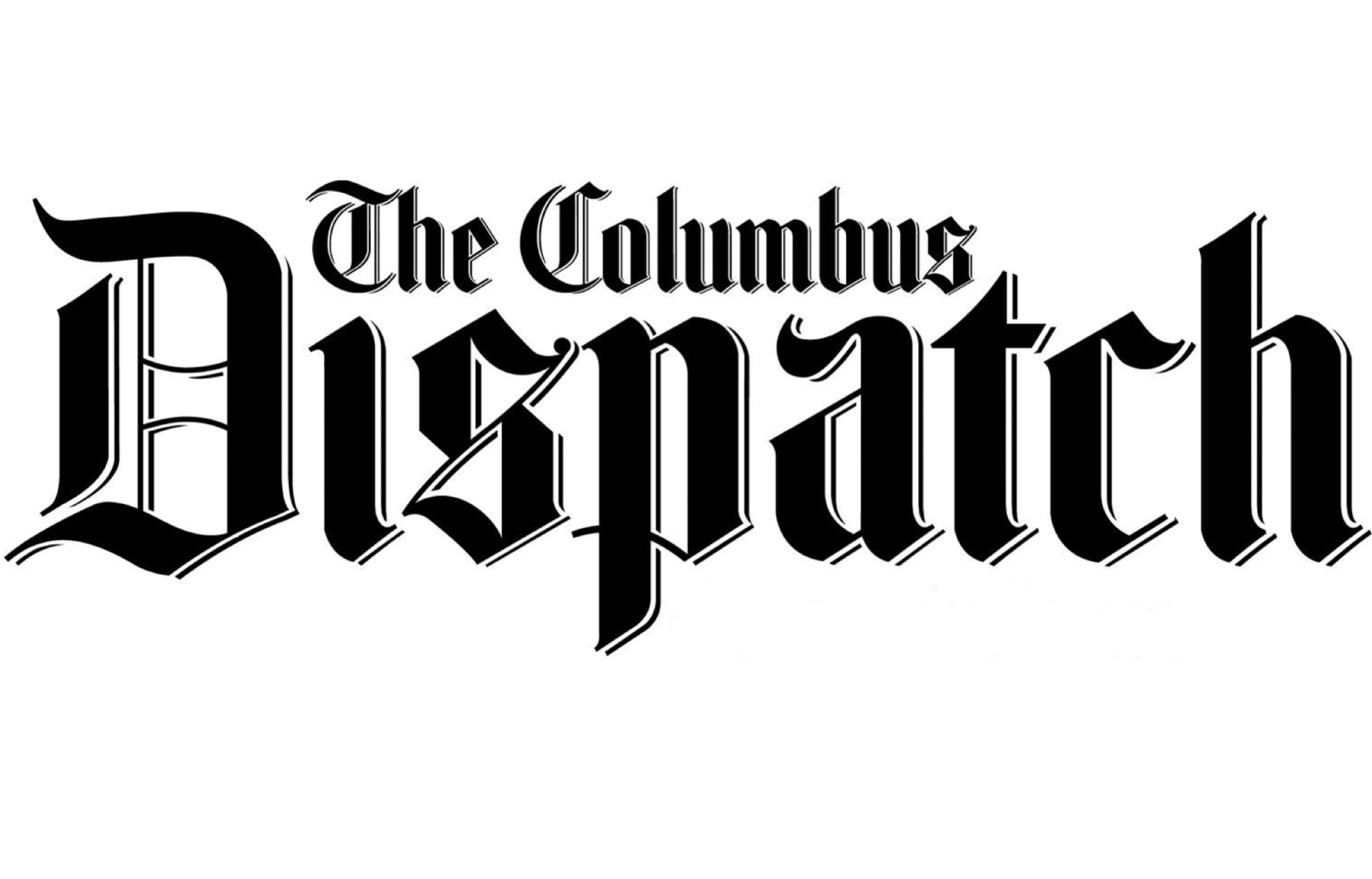
This opinion piece appeared in The Columbus Dispatch.
As Ohio schools begin the unenviable task of returning to class amid a pandemic, and educators agonize over whether, how and when to reopen classrooms, their lawyers continue to warn of potential lawsuits and liability risks even if every reasonable precaution against the virus is taken. The unnecessary threat of pandemic-related litigation just adds insult to injury. It is time for state policymakers to protect Ohio schools, administrators and faculty from the specter of expensive lawsuits lurking in every locker.
The state should legally shield schools and their staff from undue liability risks if they follow health and safety protocols when bringing students back to campus. Public officials have published health and safety guidelines for a reason, and schools that follow them should not then be subject to unwarranted litigation. A liability shield will ease at least one concern for educators trying to decide how best to teach this fall. And offering that small peace of mind is overdue.
In June, The Buckeye Institute called on policymakers to “immunize” front-line workers, businesses, and schools that follow the rules. With the school bell about to ring, now is no time to tarry.
Nearly two-thirds of Ohio’s public school districts will attempt some form of in-person instruction this fall. Of Ohio’s 611 school districts, 325 of them representing 38% of the state’s public school students plan to return to full-time in-person to start the year. Just 55 school districts plan to teach only remotely, but they are among Ohio’s largest districts and represent roughly 25% of all public school students.
The remaining districts plan to offer a “hybrid” combination of in-person and online learning.
Unfortunately, many students might not thrive in remote learning environments and risk falling further behind academically. As The New York Times reported, “new research suggests that by September, most students will have fallen behind where they would have been if they had stayed in classrooms, with some losing the equivalent of a full school year’s worth of academic gains.”
The longer school doors remain closed, the more ground these students risk losing.
Technology and online access issues will also likely compound the problem for many. The Wall Street Journal recently reported a shortage of “popular low-cost laptops,” which means tens of thousands of K-12 students could start the year without the computers needed to learn online.
And the technology and high-speed internet connections for “virtual classrooms” are simply not available to every household or even every corner of Ohio.
Such concerns make a safe but swifter return to classrooms even more imperative, and the threat of plaintiff lawyers should not be another obstacle standing in the way.
Liability protection, of course, should not shield those engaging in unsafe behavior. Instead, a liability shield for businesses, schools, and individuals that comply with the state’s prescribed health and safety protocols should be part of the state’s larger effort to return to “normal” in an abnormal time. As Gov. Mike DeWine has said, “We can stay safe, we can protect each other, we can protect our most vulnerable and at the same time move our businesses back, get people back to work.”
A carefully designed liability shield should be part of what the state can do to make that happen, giving business, schools — and their worried lawyers — the confidence to “get back to work” and school safely.
Ohio’s policymakers should move quickly to put a reasonable liability shield in place and not be late for school.
Andrew Geisler is a Legal Fellow at The Buckeye Institute.
"expensive" - Google News
September 03, 2020 at 09:11PM
https://ift.tt/34WZ1tE
Schools in Ohio need protection from expensive lawsuits - Buckeye Institute
"expensive" - Google News
https://ift.tt/2GwwnlN
Shoes Man Tutorial
Pos News Update
Meme Update
Korean Entertainment News
Japan News Update
Bagikan Berita Ini














0 Response to "Schools in Ohio need protection from expensive lawsuits - Buckeye Institute"
Post a Comment